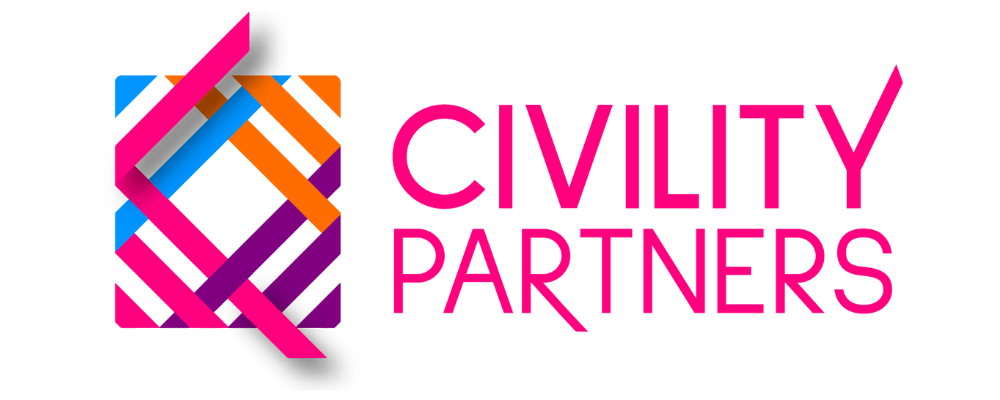In the age of globalization, organizations are evolving into hubs of diversity, uniting individuals with varied cultural backgrounds, ethnicities, and perspectives. The process of diverse talents and experiences can lead to innovation and enhanced problem-solving capabilities. However, to harness the full potential of this diversity, organizations must prioritize effective intercultural communication.
What is Intercultural Communication?
Intercultural communication is the exchange of information and ideas between individuals hailing from diverse cultural backgrounds. It involves recognizing, appreciating, and navigating the nuances of diverse communication styles, customs, and expectations. In the context of organizations, successful intercultural communication is crucial for fostering a positive work environment, promoting collaboration, and achieving overall success.
Challenges in Intercultural Communication:
Language Barriers:
One of the most apparent challenges in intercultural communication is the diversity of languages spoken within an organization. Misunderstandings and misinterpretations can arise when individuals do not share a common language, leading to communication breakdowns.
Cultural Norms and Customs:
Different cultures have distinct communication styles, etiquettes, and customs. What may be considered appropriate or polite in one culture might be perceived differently in another. Understanding and respecting these nuances is vital for effective collaboration.
Non-verbal Communication:
Non-verbal cues, such as body language, facial expressions, and gestures, vary across cultures. Without awareness and sensitivity to these differences, employees may misinterpret signals, potentially leading to conflict or miscommunication.
Strategies for Successful Intercultural Communication:
Cultural Awareness Training:
Organizations can implement cultural awareness training programs to educate employees about the customs, values, and communication styles of different cultures. This helps in building empathy and reducing stereotypes.
Encourage Open Dialogue:
Create a culture of open communication where employees feel comfortable expressing their thoughts and asking questions. This can foster a supportive environment where individuals are more likely to seek clarification on cultural differences.
Language Support:
Provide language support resources, such as translation services or language training programs, to help employees overcome language barriers. This ensures that important information is accurately conveyed and understood.
Diverse Teams:
Forming diverse teams can enhance creativity and problem-solving. When individuals from different cultural backgrounds collaborate, they bring a variety of perspectives to the table, leading to more innovative solutions.
Flexibility and Adaptability:
Cultivate a culture of flexibility and adaptability, encouraging employees to be open to new ideas and approaches. This mindset is essential for navigating the ever-changing landscape of intercultural interactions.
Benefits of Effective Intercultural Communication:
Enhanced Creativity and Innovation:
A diverse workforce, when equipped with effective intercultural communication skills, can generate a wide range of ideas and solutions, fostering innovation.
Improved Employee Relations:
When employees feel understood and valued, it contributes to a positive workplace culture. This, in turn, enhances team cohesion and reduces the likelihood of conflicts.
Global Market Competence:
In a globalized business landscape, organizations with strong intercultural communication skills are better positioned to navigate international markets and establish successful collaborations with partners worldwide.
Intercultural communication is a cornerstone of success in today’s diverse organizational landscape. Acknowledging the hurdles, employing targeted strategies, and capitalizing on the advantages of effective communication empower organizations to establish an inclusive and flourishing environment, propelling them toward enduring success. Embracing the wealth of cultural diversity in the workplace is not merely a decision; it is a strategic necessity for the organizations shaping the future
PS. We have a free webinar on “When Intersectionality and Toxic Behavior Intersect: Managing Toxic Behavior as it Relates to Race, Sex, and Gender,” will take place on November 29th at 10 AM PST / 1 PM EST. This isn’t your run-of-the-mill discussion about racism, privilege, or bias in the workplace. We’re diving deep into the heart of the matter and addressing those tough questions that are often left unspoken.
“We are committed to helping your organization meet its goals by partnering with you to develop and deliver systemic solutions to negative workplace behaviors. We will partner with you to build a positive and healthy work environment so your employees can thrive.
We don’t focus on the corrective actions involving eradication of problems and negativity, we focus on finding solutions that create a safe and civil workplace – and there’s a difference. Focusing on solutions creates preventative and sustainable change.
Negative and aggressive workplace behaviors are systemic. In order to effectively remove them, holistic and system-wide solutions that are tailored to your organization and focused on prevention, not correction, are required.”
Please visit the firm link to site


